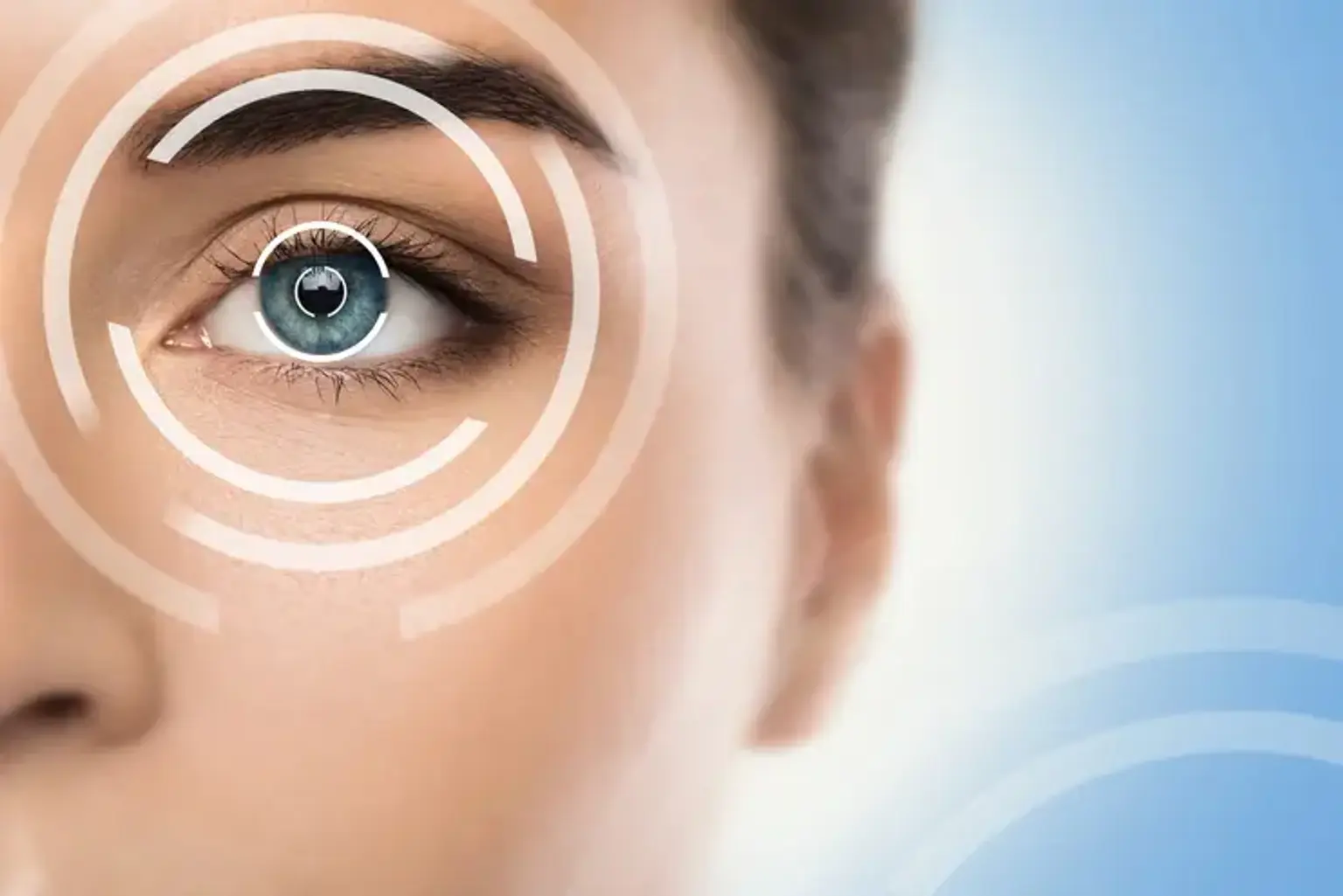Vision correction
Overview
If your vision has to be corrected, you have many alternatives. However, there are various considerations to consider when deciding if glasses, contact lenses, or vision correction surgery is the best option for you. Each vision correction option has advantages and disadvantages. When choosing the best vision correction for you, consider your health, lifestyle, and personal preferences.
